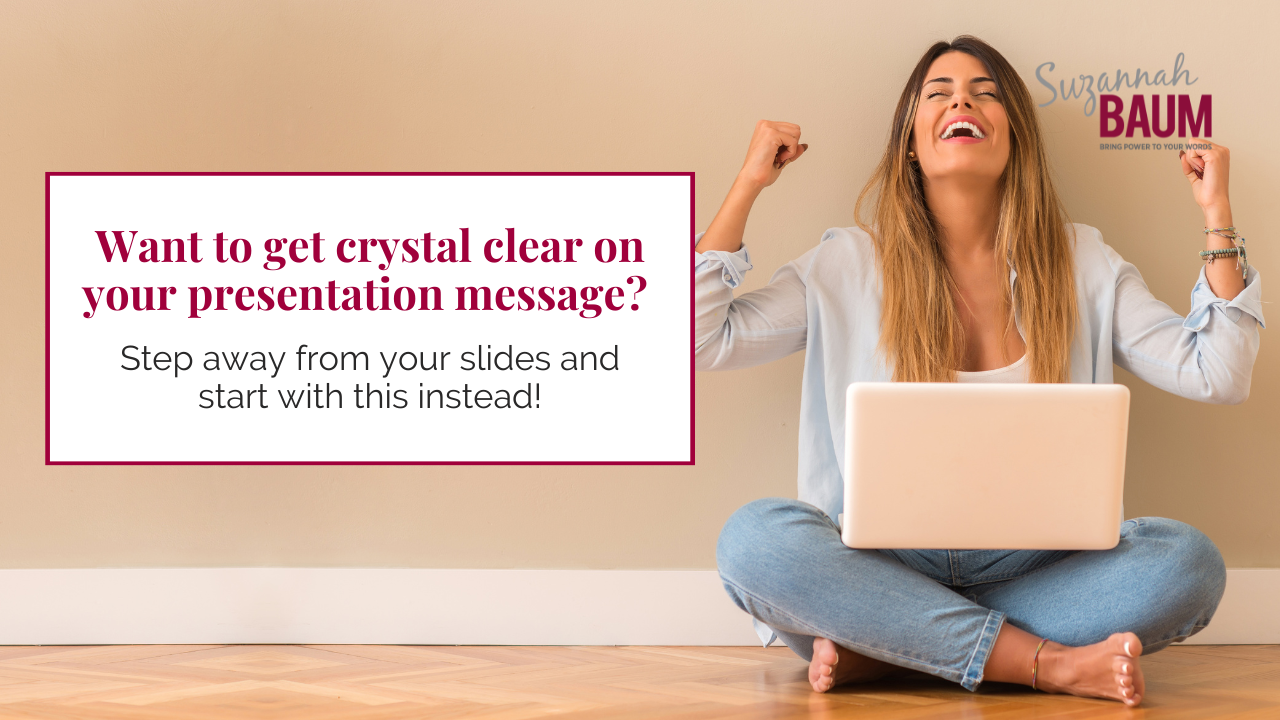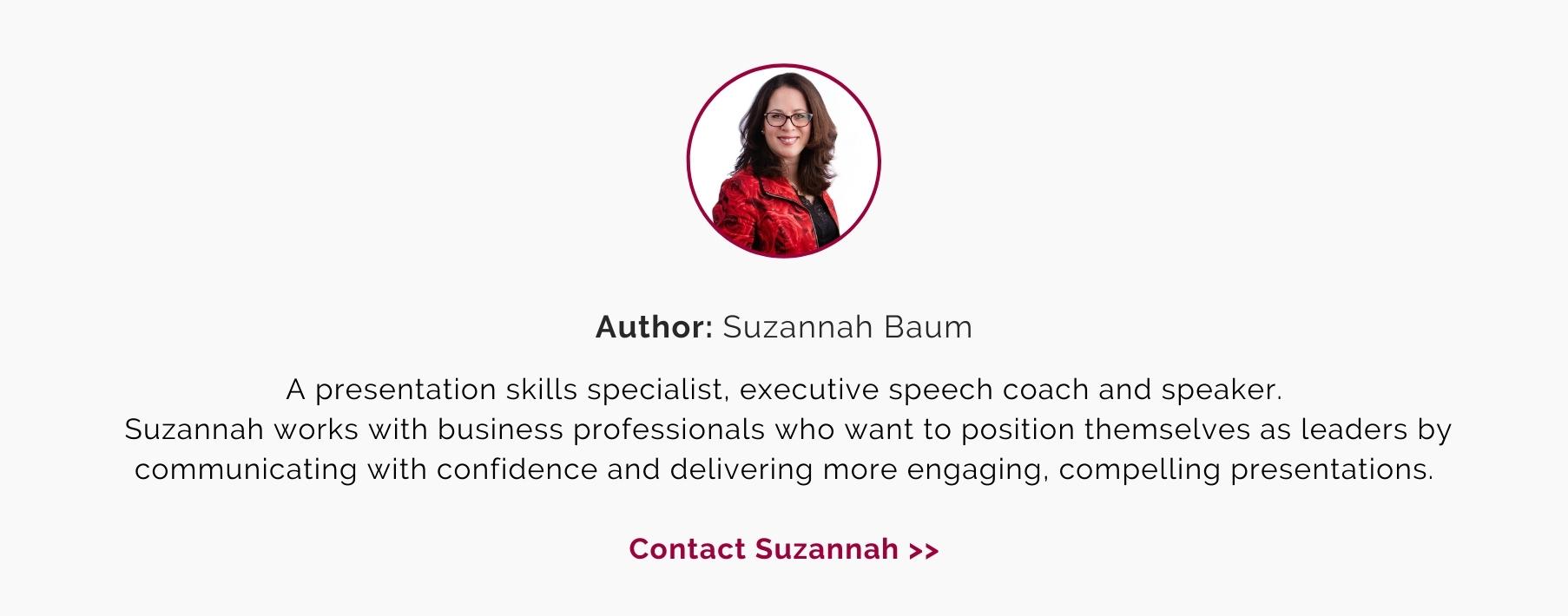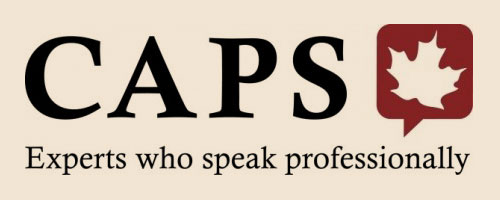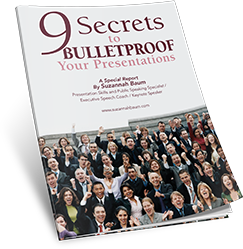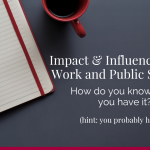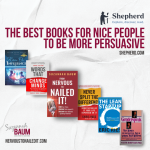Want to get crystal clear on your presentation message? Step away from your slides and start with this instead!
You’ve got a presentation coming up, and you’re excited, you’re nervous, you’re ready to share your message and uplevel your visibility.
So what’s your first step?
Get your slides together, of course!
But….wait!
Can I convince you of trying a different, not-necessarily-intuitive-but-far-more-effective-way?
Put your slides to the side — and start this way instead
The process of creating a presentation goes far beyond putting information on a slide, throwing in a few images, and then delivering it to your audience.
If the speaker does not have strong clarity on both the objective of their presentation, or the needs of the audience to whom they are presenting, and choose instead to deliver the facts, information, statistics, and other information in a classic “information dump”, they run the risk of making it a far less successful presentation experience, both for the audience — and for themselves (and by “less successful,” I mean “way more boring, useless, or time-wasting”).
To avoid this scenario and maximize the chances of presenting the right message to the right audience — and then getting a far more impactful response, you’ve got to start with something different.
Not harder, or more complicated — just….different. And incredibly effective.
The next time you need to give a presentation to an important audience (and who are we kidding, they’re ALL important, right?), ask yourself these 2 essential questions that are designed to maximize your focus and create a meaningful message for your audience:
1. What is the objective of your presentation?
In other words, what is the core message do you want your audience to walk away with?
And taken a step further…what is it that you want your audience to learn, feel and do as a result of your presentation?
If you want to link your expertise to the needs of your audience, resist the urge to deluge them with facts and information.
Instead, consider how to adapt your message and share it in a way that your audience needs to hear. When they can connect with you and your message because you have positioned it in a way that is most beneficial to them, you will not only gain their trust, but make it far more likely that they will WANT to listen to you.
2. What are your audience’s needs, wants and challenges, and how does your message fit into their lives in a beneficial way?
In other words, what does a day in their lives look like? What are they struggling with or need to solve? What do they want more (or less) of?
Getting clear on this information can help you connect to the higher needs of your audience, and connect you to your audience on a much deeper level.
It’s certainly tempting to put a bunch of information on a slide and just ‘get the presentation over with.’ But what if you could take a step back and consider the value of your message…and then match it with the needs of your audience, so that you could create a meaningful message for them — wouldn’t that be a way better use of everyone’s time?
(Let’s go with a resounding “YES!”, shall we?)
So the next time that you have to give a presentation, communicate to a client or in a boardroom, or share a message with a group (or even one important person), resist the urge to start by building your slide deck. Take some time to consider your ultimate objective and the essential message that you want to share, as well as the unique needs and wants of your audience. Once you have clarity on these high priorities, and can relay the message in a way that is most meaningful for your audience, you can be confident in knowing that you’re creating the slides that support you in delivering an engaging, relevant and valuable presentation.
In other words, presentation success – for both you AND the audience.
Want a little more support in getting clear on your message and your audience? Check out these related videos as well:
3 Surefire Ways to Connect With – and Engage – Your Audience, every time you speak
3 questions that prove you care about your audience

